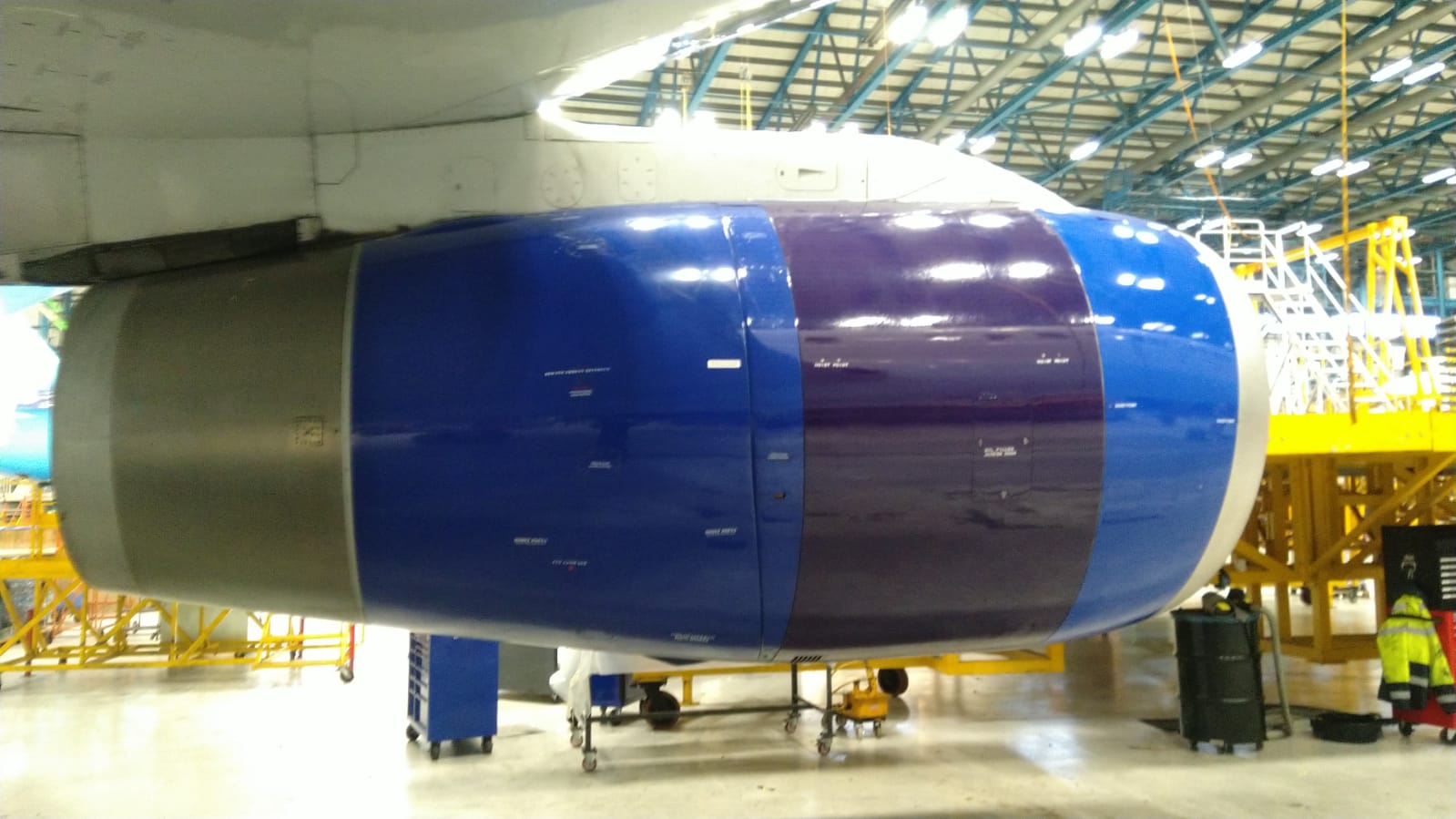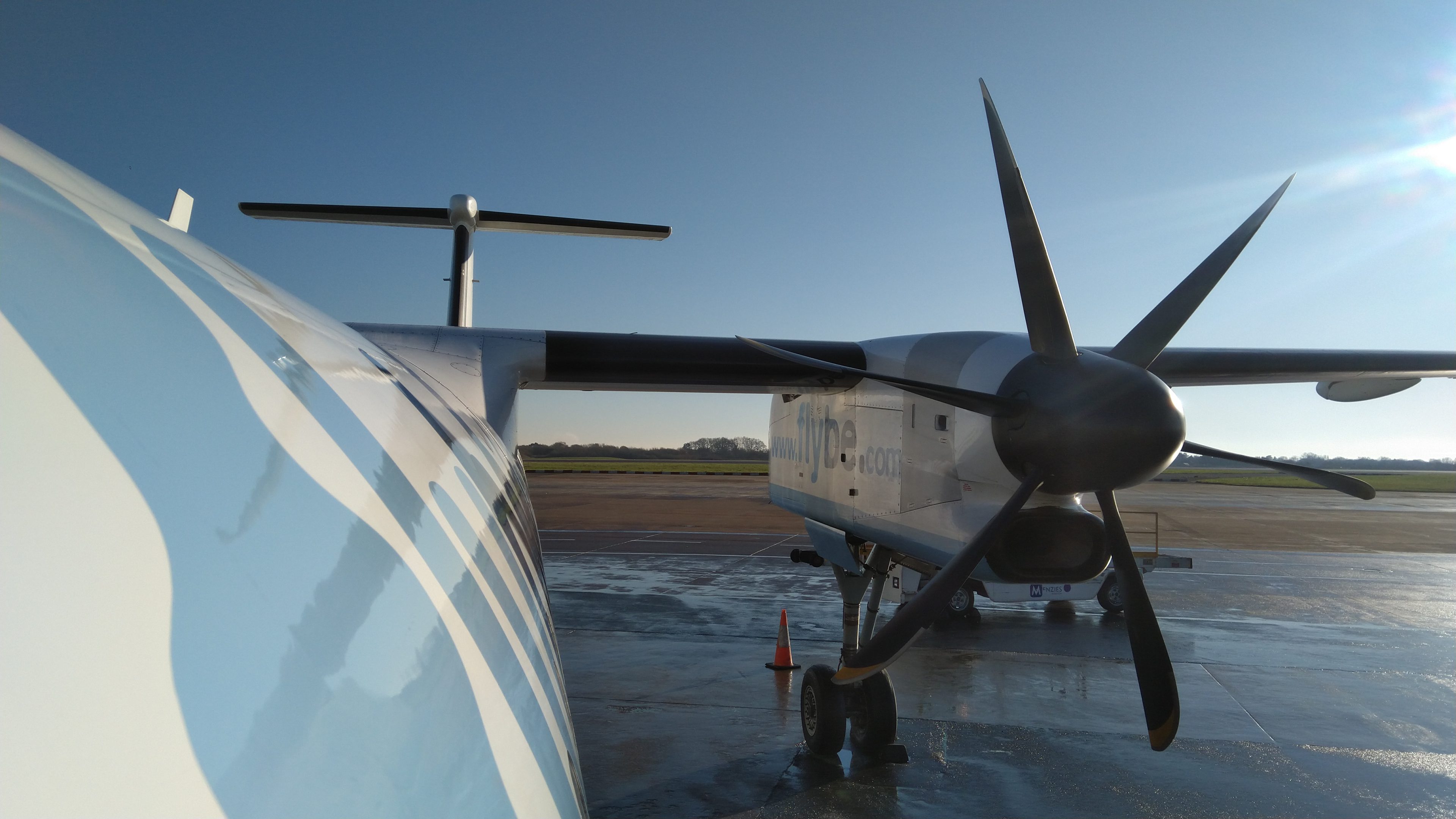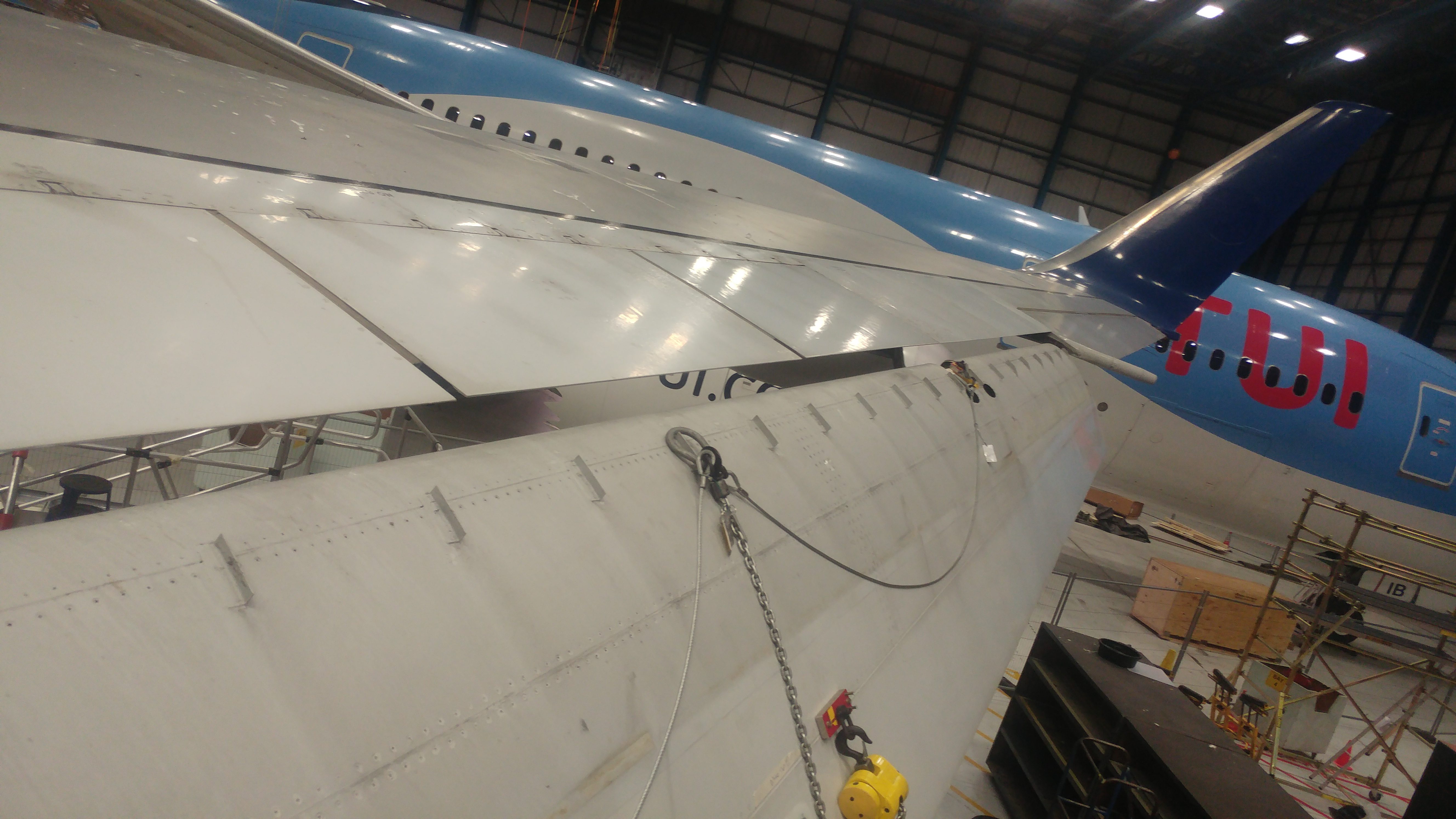The engine is a high-cost asset and the value of the asset is directly related to the condition of the engine both regards to the component’s remaining life, but also to the condition and implications of the condition – for example, a compressor blade damaged by an impact might require action within a certain time frame and this, in turn, could require a visit to an overhaul shop.
If on the wing then after satisfactory completion of the demonstration flight the full video borescope inspection of all accessible gas path sections of each Engine (accessible whether by borescope port or other means), including the low-pressure compressor, high-pressure compressor, combustion chamber, high-pressure turbine, and the low-pressure turbine area would be carried out.




